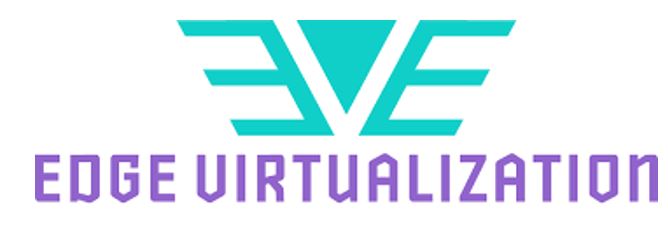

My day began by meeting with a couple of European ARC colleagues to discuss the emergence of “edge control” and ended with me seeing this article on sdxcentral about edge virtualization. Whether your work is 
What’s going to make these systems revolutionary is that they will combine the real-time functions of today’s industrial embedded systems (such as a PLC) with the software tech of cloud computing. This sounds impossible and improbable. It’s not. There are several new industrial products on the market that do just this in some way. The question is can it be done in hardware that is both industrial grade and truly commoditized? Product suppliers hate commoditization, but end users love it, because it simplifies substitution and reduces cost. Industrial PCs are probably the best example in today’s market of the value commoditization brings. ARC will be doing more research in this area.
The article in sdxcentral was an interview with Said Ouissal, who is a Founder and CEO of Zededa, a venture stage firm developing virtualization solutions for edge systems, and the original developer of “Project EVE”, an open source edge virtualization project of the Linux Foundation. Ouissal noted 5 areas where edge virtualization differs from that of the data center. These are:
IMHO these 5 points are spot on. I would add a double dose of heterogeneity, because of the real-time and reliability requirements of many industrial automation and OT systems. But I’m convinced that the way forward involves virtualizing and containerizing many applications that today run as embedded systems. I don’t see another way to achieve these goals. Do you? Please let me know what you think.

